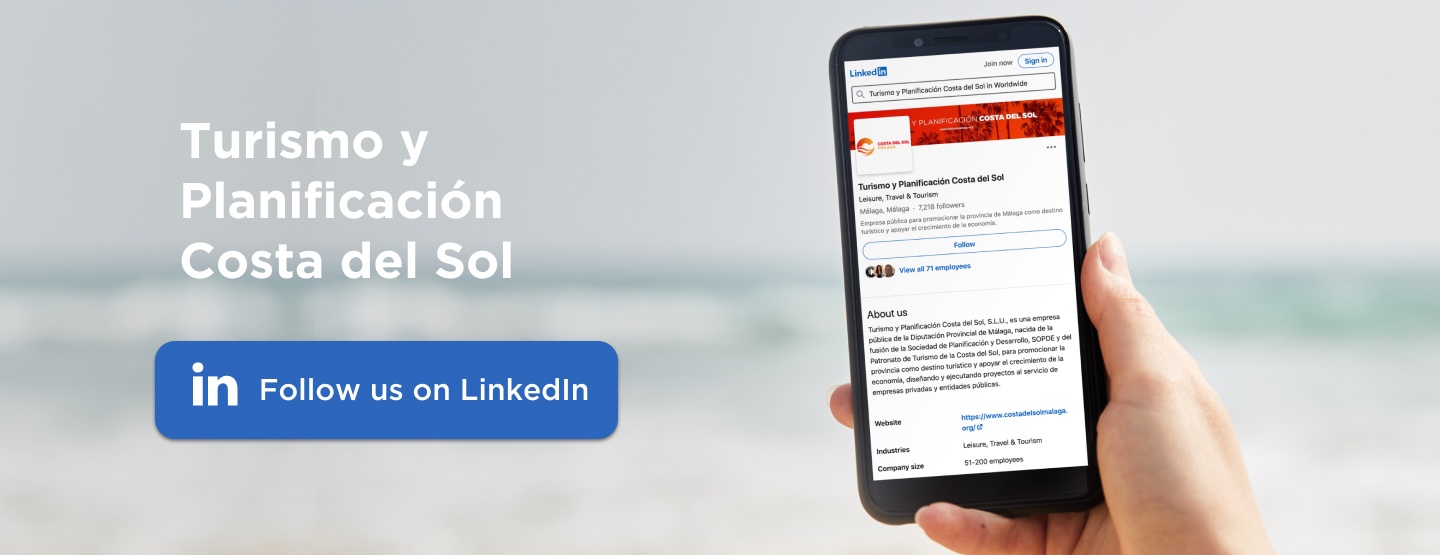Tourist websites bring to light the popular opinion that a traveller wants comforts at every stage of their trip. And they’re quite right. These days, when we plan a getaway, buy a flight or book a hotel online, we lose patience when the page takes ages to load, or banners with unnecessary notifications pop up, or we can’t easily find what we’re looking for. This is why the user experience is essential for a tourist website, and below we’ll give you some tips as to how to optimise it.
UX and mastering navigation
A tourist website often has more users than customers as only some people who go on it end up buying their product or service, either directly or through recommendations. The user experience (UX) is all about making the user feel good and positive so they want to stay on the website for as long as possible, or come back at a later day.

The user experience can be defined as the overall impression a customer has from the moment they enter the website until the moment they leave, or until they’ve bought something and reached the post-sale phase. This experience has to be as stress-free and inspiring as possible, as the essence of tourism is to discover, explore, disconnect, recharge your batteries, get to know new cultures, places and live new experiences. In order to make this a reality, tourist websites often use a series of strategies aimed at improving interaction and optimising the experience. Find out what they are below.
Keys to User Experience in the tourism sector
Relevant and inspiring content
The true nature of tourism is to inspire people and make them happy. When we travel we feel motivated, revitalised and more excited than in our everyday lives. For this reason, one of the keys to having a successful tourist website is to emulate and reinforce this sense of inspiration in users through relevant high-quality content. Therefore it’s important to devote time to thought-provoking blog posts, multimedia content, and stimulating descriptions and reviews.
Relevant quality content is crucial on all website pages, but above all on the homepage. On the Costa del Sol website for example, we offer information of real interest to a user thinking of visiting the province of Malaga. If you plan to play golf for a weekend, not only do we offer information on the main golf courses, their location and perks, we also ensure the following content is provided:
- Articles with golf tips on our blog
- A list of golf academies
- Downloadable PDF guides for golf enthusiasts.
- A list of golf tournaments.
All this helps us meet this first user experience target. Want to do the same on your website?
Valuable suggestions for products and services
In some cases people who go on certain website pages are open to the possibility of purchasing products or services to complete the experience they’re looking for. If, for example, someone is looking for flights for their next trip, they may also be interested in booking a hotel or hiring a car. Likewise, if someone is looking for information online about a destination or cultural event (the popular Feria de Málaga for instance), then they’re likely to want information on nearby accommodation or places to eat in the area.
Accessibility and responsive design
Talking of good UX practices, we can’t forget to mention accessibility. Due to the broad choice of devices that now exist on the market, it’s vital to ensure your tourist website has a responsive design that adapts to different screens. The goal of accessibility is to improve the user-friendly experience and extend the useful time spent on the page, whether receiving information, clicking or navigating via the menu.

These days, many people go on a tourist website on their phone. Web pages with a good user experience offer good quality desktop and mobile designs, with fast-loading pages and relevant information right from the get go. What’s more, it is a good idea to think of inclusive designs that allow users with auditory difficulties to have an equally satisfying experience, as well as offer an immersive experience (360-degree designs, high quality images, videos and good sound design). The aim of a tourist website is to ensure the user has a pleasant experience, so any features that add to this are more than welcome.
In the MICE sector, this topic is very relevant, as the Costa del Sol is one of the top destinations for this sort of tourism. Using technology that guarantees accessibility, like virtual reality, is a clear example of how you can position the user at the centre of the experience.
Focus on conversion: calls to action (CTAs)
The ease of making a purchase and the attention to detail when it comes to CTAs are a substantial part of guaranteeing a good user experience. All CTAs on tourist websites should follow a similar style to the rest of the content and possess the appropriate links. Without conversion there’s no profit and when a user looks to buy we should make it as easy as possible for them so that they leave the website with a positive outlook.
In the Costa del Sol, most tourist companies are aware of the importance of having a good website with highly valuable content for the user. Whether for a water sports business, outdoor adventure agency, events company or a conference. Invest in a tourist website designed with users in mind. We hope tips have given you some ideas.







